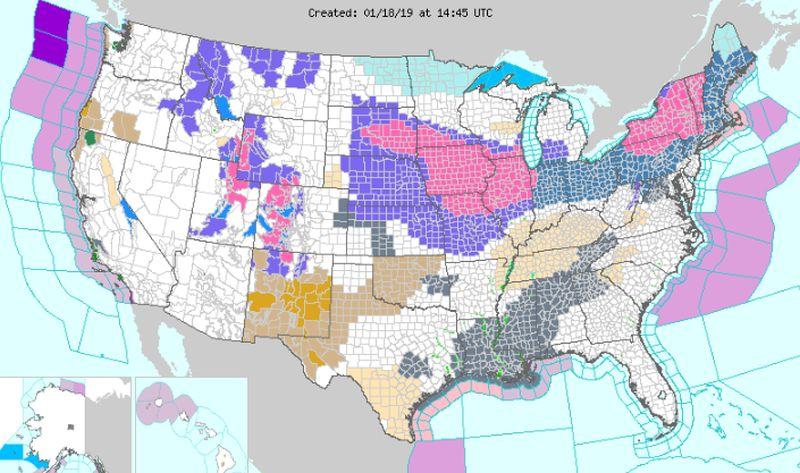A winter storm that is currently creeping eastward across the United States has already canceled hundreds of flights.
About 100 million people are under a winter storm watch, advisory, or warning, according to the National Weather Service.


About 100 million people are under a winter storm watch, advisory, or warning, according to the National Weather Service.